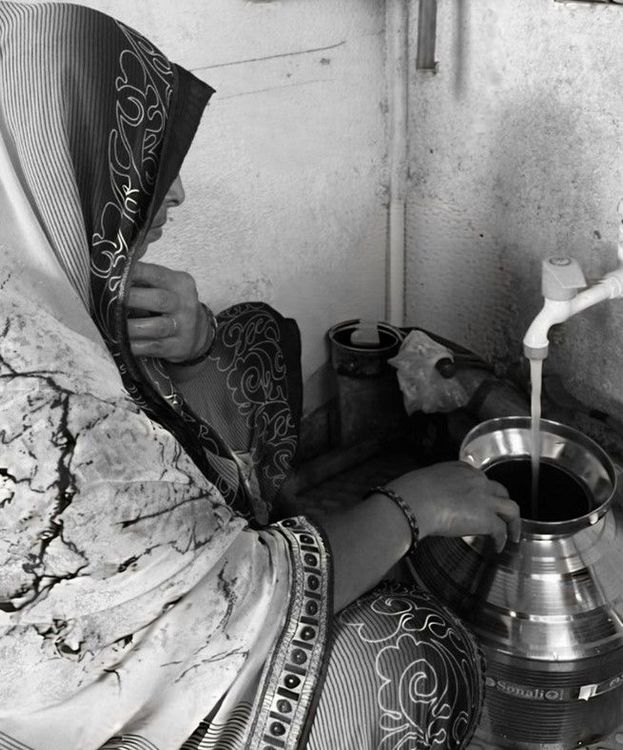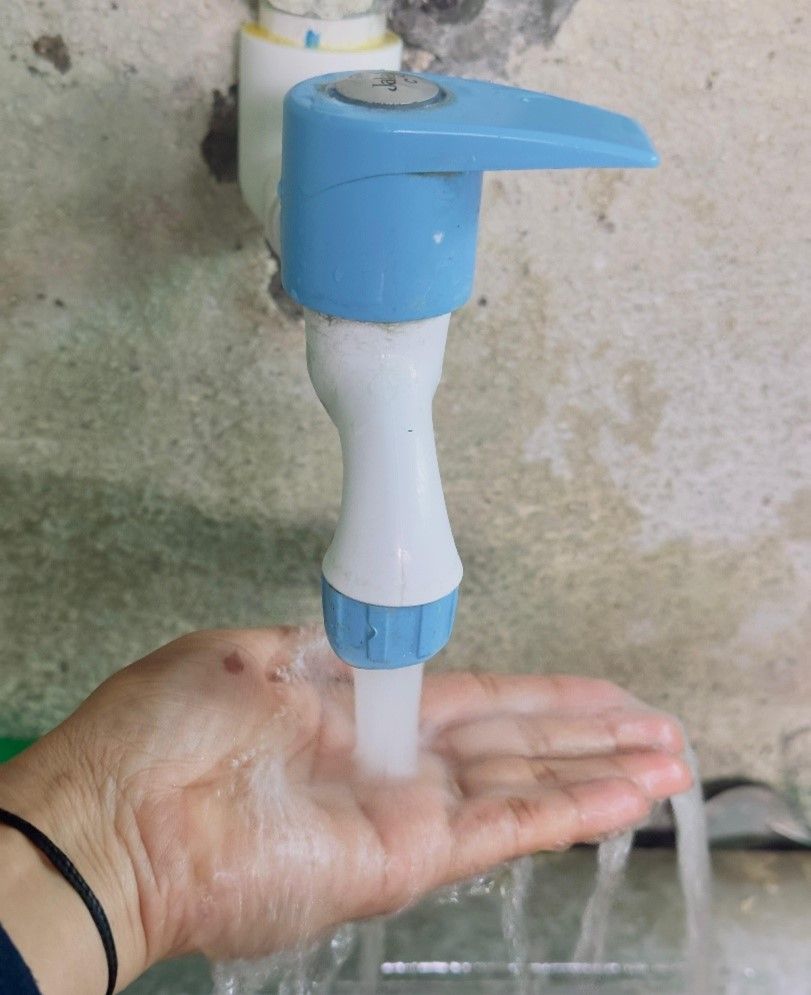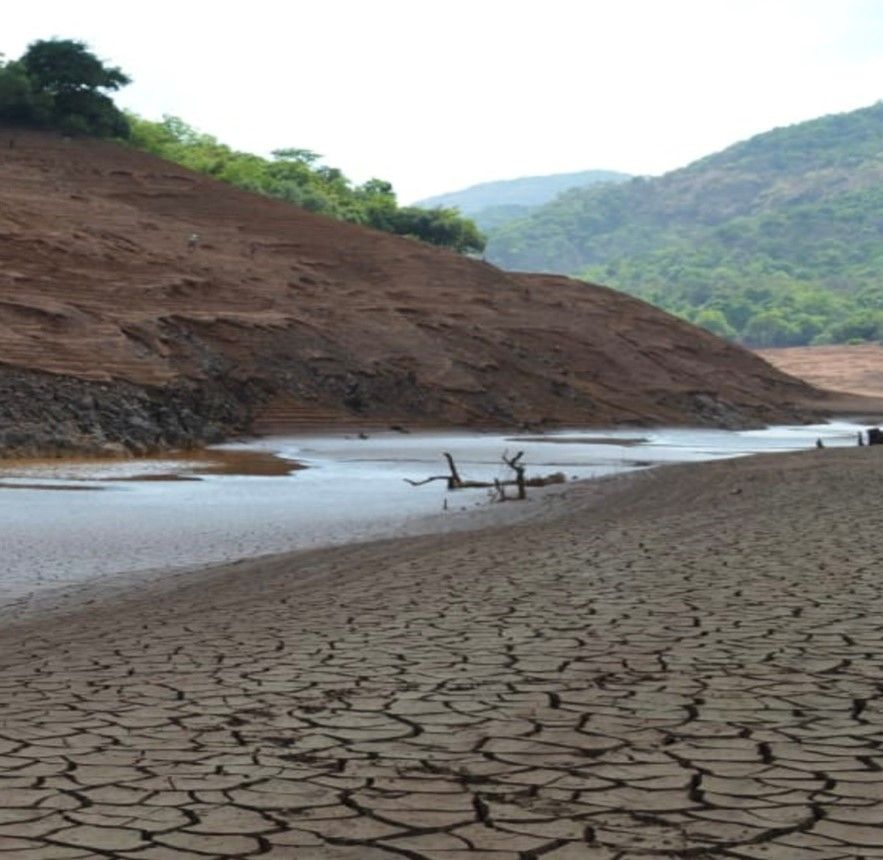Gender-Inclusive Water Governance for Climate Resilience in India

Published on Sep 17, 2025
By Tejashrri Kasar* and Danish D R
When we talk about climate change and water, we often focus on technology, infrastructure, or finance. Yet, one of the most powerful solutions lies in plain sight: gender inclusion. Across India, and much of the world, women are the primary managers of household water. They carry the responsibility of collecting, storing, and ensuring safe use. Tasks that become even more challenging in the face of climate change and water scarcity. Despite their deep expertise, women are often excluded from formal decision-making in water governance.
Gender-inclusive water resilience means recognising that women and other marginalised groups not only face disproportionate impacts but also hold valuable knowledge and skills to address them. By intentionally involving these groups in leadership and decision-making, we can create water management systems that are fairer, more sustainable, and more climate-resilient.
Why Gender Matters in Water Governance
Water governance refers to the political, social, economic, and administrative systems that shape how water is managed. Men and women experience water challenges differently because of their roles, responsibilities, and access to resources. Limited access to water or decision-making spaces makes women more vulnerable to climate risks, while also limiting the effectiveness of water policies.
Integrating a gender-responsive approach isn’t simply about fairness. It improves results. When women participate fully, communities benefit from a broader range of perspectives, stronger local ownership, and innovative problem-solving. By intentionally including them in decision-making and project implementation, communities can achieve more sustainable, equitable, and effective water solutions
Case Study: India’s Jal Jeevan Mission
One powerful example is India’s Jal Jeevan Mission (JJM), which has revolutionised rural water governance. By requiring women’s representation in village water and sanitation committees, JJM has made space for women to shape water supply decisions directly. Since its creation, JMM developed a gender-responsive approach to water management by empowering women, while improving water service delivery.

The mission’s decentralised, community-owned approach means women are not just consulted but are decision-makers. In the drought-prone Bundelkhand region, the Jal Shakti Abhiyan programme has gone even further. JJM offers training for women in technical skills like constructing check dams and practising rainwater harvesting.
Women here have moved from carrying water to managing water infrastructure. Organised into Pani Panchayats (Water Councils), they are leading efforts to restore local water sources, raise groundwater levels, and strengthen community resilience. This shift has broken cycles of time poverty and disempowerment, proving that when women lead, water systems thrive.
Towards Gender-Responsive Climate Action
As the world works towards the Sustainable Development Goals, SDG 5 (Gender Equality), SDG 6 (Clean Water and Sanitation), and SDG 13 (Climate Action), we must recognise that these goals are interconnected. The Paris Agreement also highlights gender-responsive action as essential for climate resilience.
We have seen how collaboration across IWA's global network, including the Young Water Professionals (YWP) community, can build capacity and share frameworks to embed gender equality in water governance. When we ensure diverse voices are heard, we not only address inequities but also unlock solutions that are more resilient to climate shocks.
Conclusion
Water management is not gender-neutral. As climate impacts intensify, it is time to rethink who makes decisions, who has access to resources, and whose knowledge counts. In India and beyond, gender-inclusive governance is proving that when women are empowered, entire communities become more resilient.

The challenge now is to make this the norm, not the exception. By committing to inclusive governance, we can create water systems that are fairer, stronger, and better equipped to face the climate challenges ahead.
